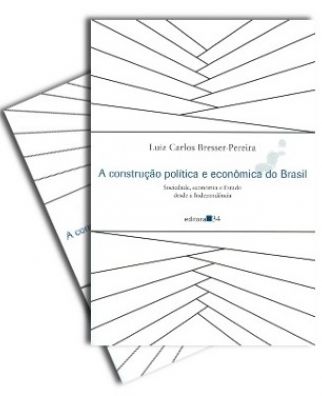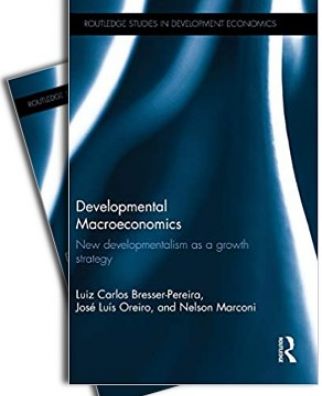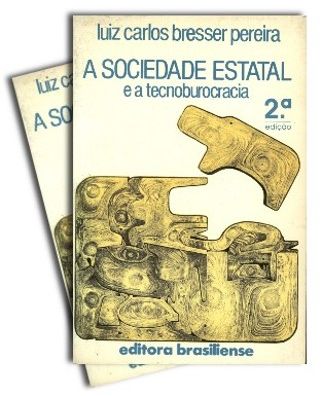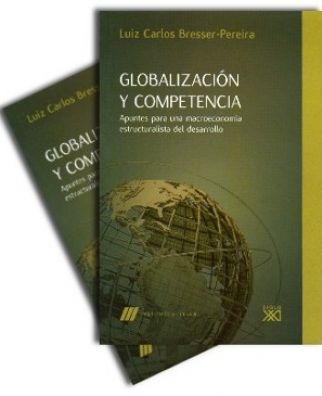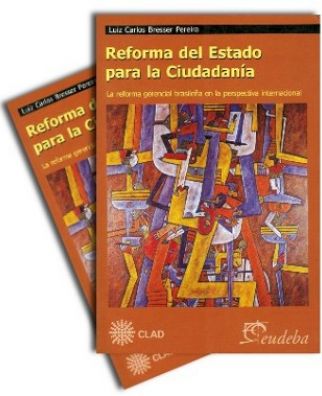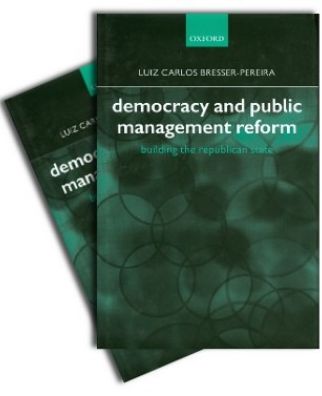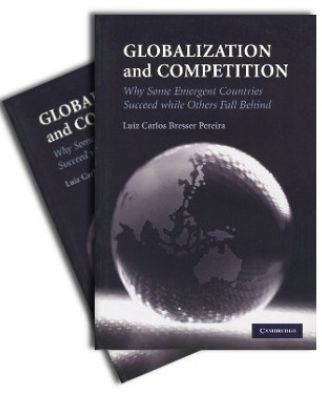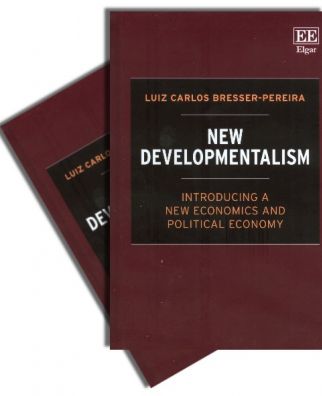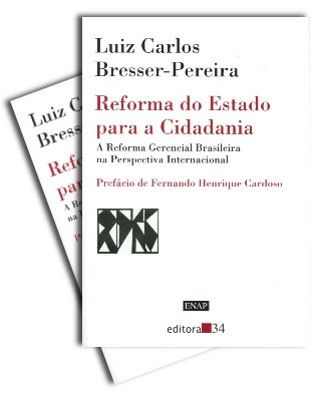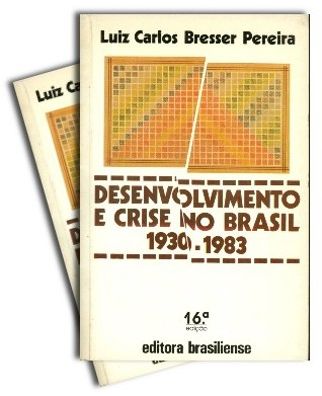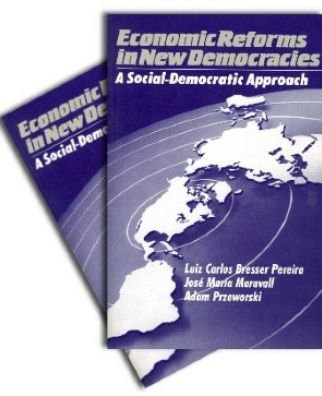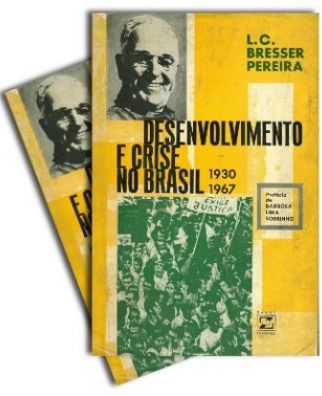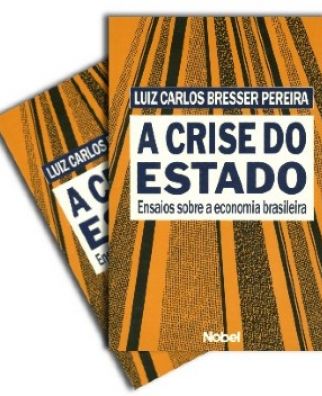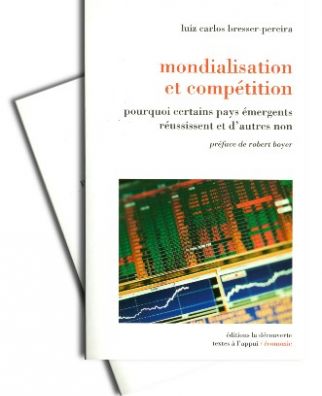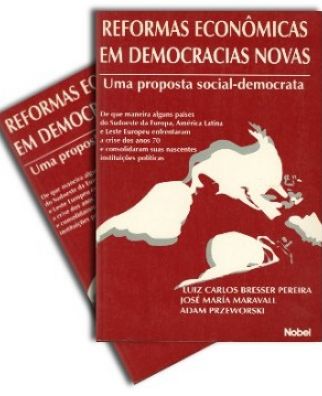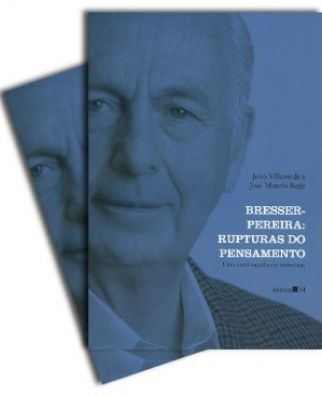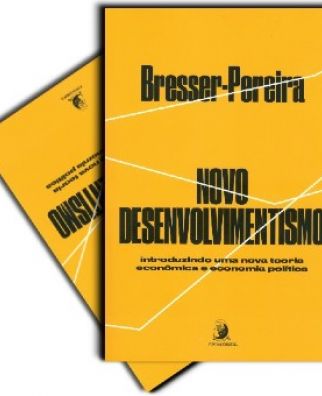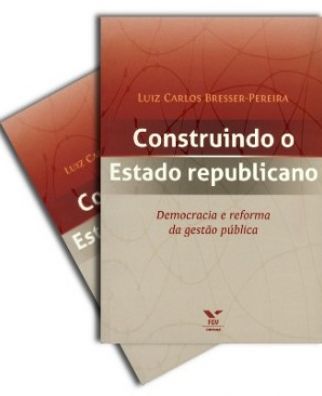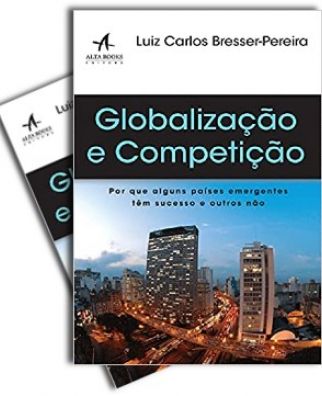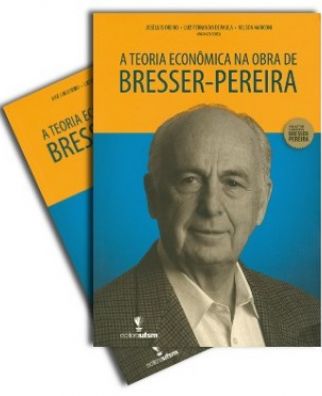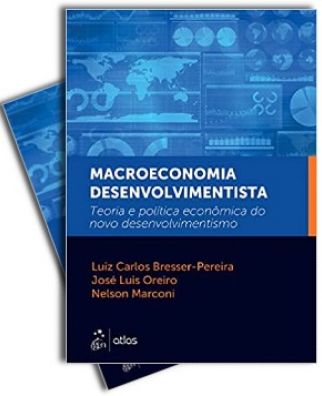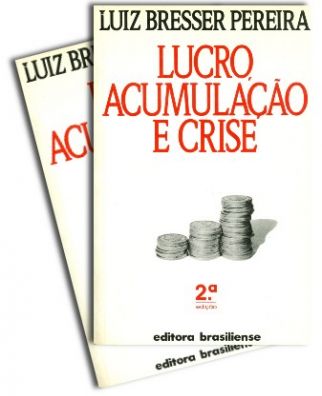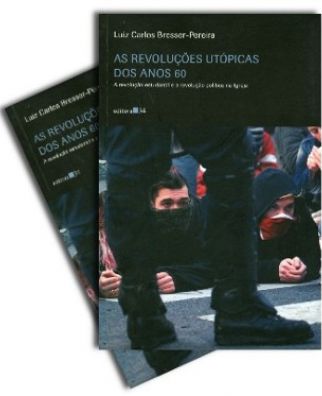1983. With Yoshiaki Nakano. The founding paper on the theory of inertial inflation. One must distinguish the accelerating from the maintaining and the sanctioning factors of inflation. (Portuguese version available)
ECONOMICS
ECONOMICS - ALL TEXTS
1981 This paper explains stagflation with the administrative or cost theory of inflation emphasizing money endogeneity. This paper contains my first vision of inertial inflation: in one of the sessions I explain high inflation by the fact that firms A, B, and C index their princes increasing them according to the going rate of inflation in a staggered way. (Paper: Revista de Economia Política) *
1985. Review of book by Jorge Miglioli,Acumulação de Capital e Demanda Efetiva in which the author presents the Marxist view of effective demand. (Review in Revista de Economia Política)
1979. Political economy born with capitalism, administrative theory rose with monopolist capitalism and the growth of business firms. Economics discusses market coordination of economic systems, administration, power coordination of organizations.(Note: Revista de Administração de Empresas)
1975. The Harrod-Domar model of growth is consistent with factor substitubility provided that a coefficient of substitution of capital for labor is added. This formalization is done here.(Paper em Estudos Econômicos)
1975. A survey of Kaldor's growth and distribution model. (Paper em Revista Brasileira de Economia)
1974. The Solow-Meade model is the neoclassical alternative to the growth model the Keynesian, Harrod-Domar model. It is consistent with an economy permanently in market-equilibrium that the previous model rejected. (Short note for the students)
1974 [1991]. A survey of the theory of the decision to invest and a critique of the neoclassical emphasis on the interests or on the normal profits. Investments, as the classical economists knew, depend essentially on profit expectations substantially higher than the interst rate. Variations in the expected profit rate are more important in explaining capital accumulation than variations in the interest rate. It elaborates "A decisião de investir, os lucros e os juros". (Paper: Texto para Discussão FGV Economia)
1970. Adopting a classical perspective, this paper argues that variations in the expected profit rate and the corresponding shifts of the marginal efficiency of capital curve are more important in explaining investments than variations in the interest rate. I further developed this analysis in "Acumulação de capital, lucros e juros". (Paper: Texto para Discussão)
1970. Economic theory is formed of two branches: formal economics, a sum of tools, and political economy, the analysis of real economic systems and problems. (Note: FGV/SP)
1968 [1976]. A critique of microeconomics, and an analysis of the transition from classical to Keynesian macroeconomics.(Apostila FGV/SP, 42 pages)
1968. Development defined as involving a Industrial and a National Revolution. (Chapter 1 of Development and Crisis in Brazil,1968)
1968. With Yoshiaki Nakano. Basic concepts of social accounting, emphasizing the ex-post equality of product, income and expenditure. (Apostila FGV/SP)
1967. General economic theory does not apply to underdeveloped countries. (Paper: Revista de Administração de Empresas)
1967. An adaptation of Singer's model to middle income countries. (Paper: Revista de Administração de Empresas)

